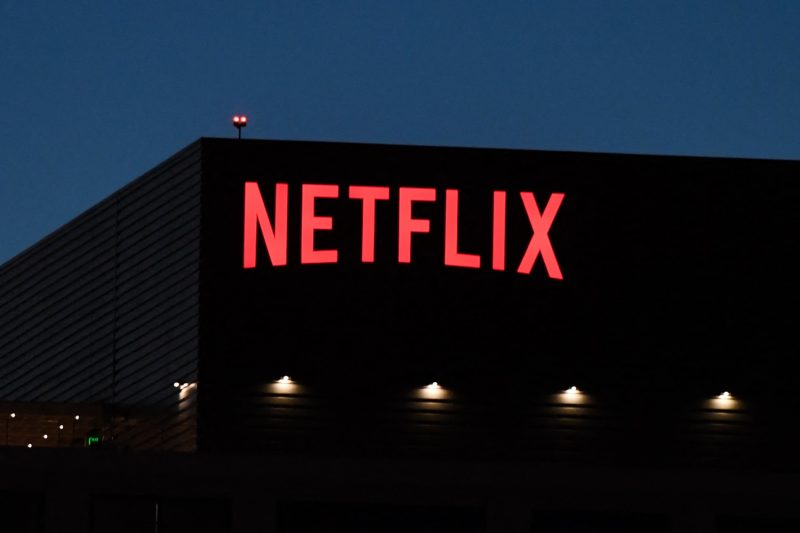Netflix Ad-Supported Tier Has 70 Million Monthly Users Two Years After Launch
Streaming giant Netflix has reached an impressive milestone with its ad-supported tier, attracting a staggering 70 million monthly users just two years after its initial launch. This achievement highlights the growing trend towards alternative revenue streams in the competitive streaming industry, where ad-supported models are gaining traction alongside subscription-based services.
The introduction of an ad-supported tier represents a strategic move by Netflix to cater to a wider audience while also diversifying its revenue sources. By offering a more affordable option for viewers who are willing to watch ads in exchange for lower subscription fees, Netflix has managed to tap into a previously untapped market segment. This approach not only increases the platform’s accessibility but also provides an additional source of income through advertising partnerships.
The success of Netflix’s ad-supported tier can be attributed to several key factors. Firstly, the allure of cost savings has undoubtedly played a significant role in attracting users to this alternative subscription model. In an era where streaming services are becoming increasingly expensive, the option of a more budget-friendly ad-supported tier has resonated well with price-conscious consumers.
Moreover, the steadily rising popularity of ad-supported streaming services across the industry has primed audiences to embrace this model on Netflix. As more viewers become accustomed to advertisements on other platforms, the transition to an ad-supported tier on Netflix appears less formidable, fostering greater acceptance and adoption among users.
Additionally, by diversifying its revenue streams, Netflix has not only expanded its market reach but also reduced its dependence on subscription fees as the sole source of income. This balanced revenue model offers increased stability and flexibility, insulating the platform against potential fluctuations in subscriber numbers or market conditions.
Furthermore, the success of the ad-supported tier underscores the importance of consumer choice in the streaming landscape. By offering different subscription options tailored to individual preferences and budgets, Netflix demonstrates its commitment to providing a personalized and inclusive streaming experience for all viewers. This customer-centric approach not only enhances user satisfaction but also fosters long-term loyalty and engagement.
Looking ahead, the future of ad-supported streaming on Netflix appears promising, with continued growth and innovation on the horizon. As the platform continues to refine its ad-supported model and expand its content offerings, the number of monthly users is likely to increase further, solidifying Netflix’s position as a leading player in the global streaming market.
In conclusion, the remarkable success of Netflix’s ad-supported tier, attracting 70 million monthly users within just two years of its launch, underscores the platform’s adaptability, innovation, and strategic foresight. By capitalizing on the rising popularity of ad-supported streaming services and offering viewers a more affordable alternative, Netflix has not only diversified its revenue streams but also enhanced its market reach and customer satisfaction. As the streaming landscape evolves, Netflix’s commitment to providing choice, accessibility, and quality content positions it for sustained success in the dynamic digital entertainment industry.

